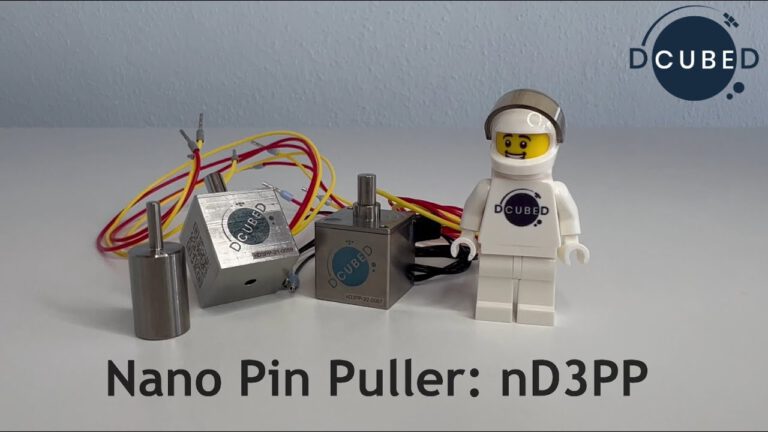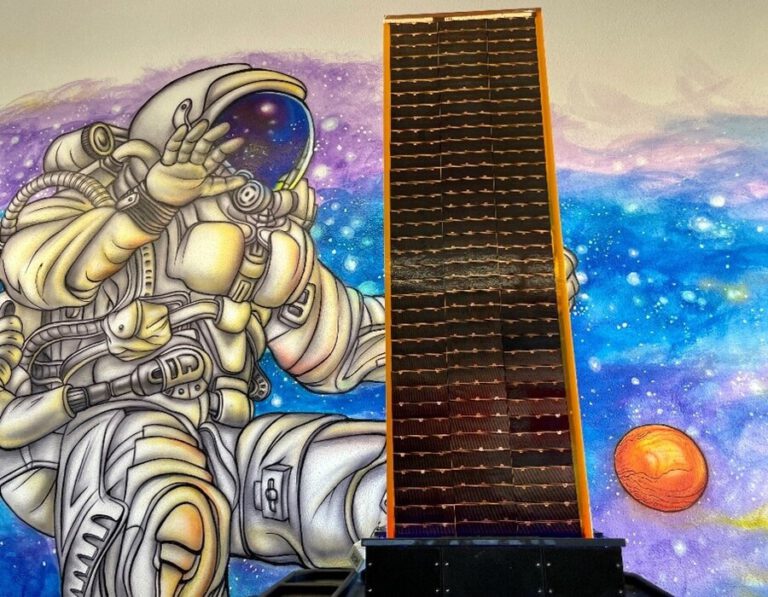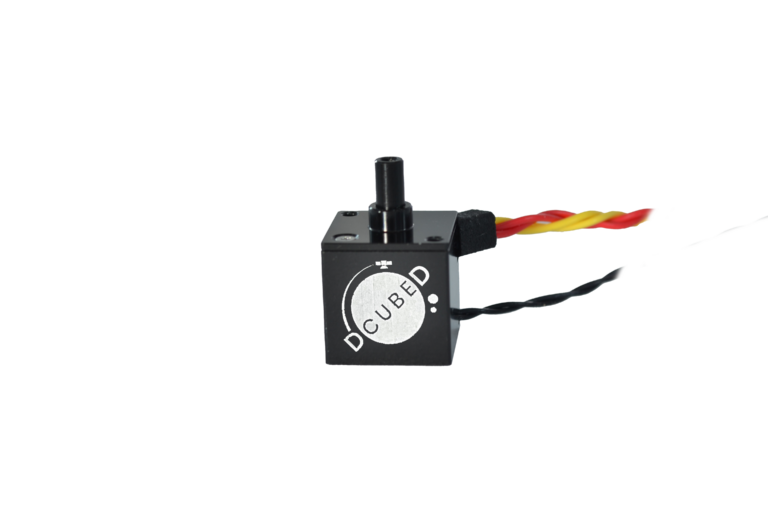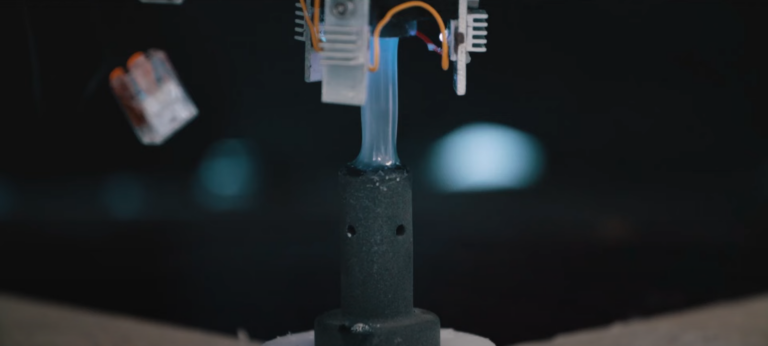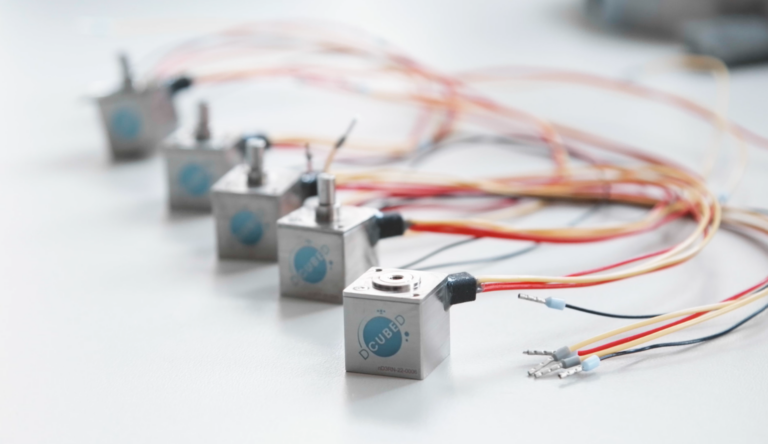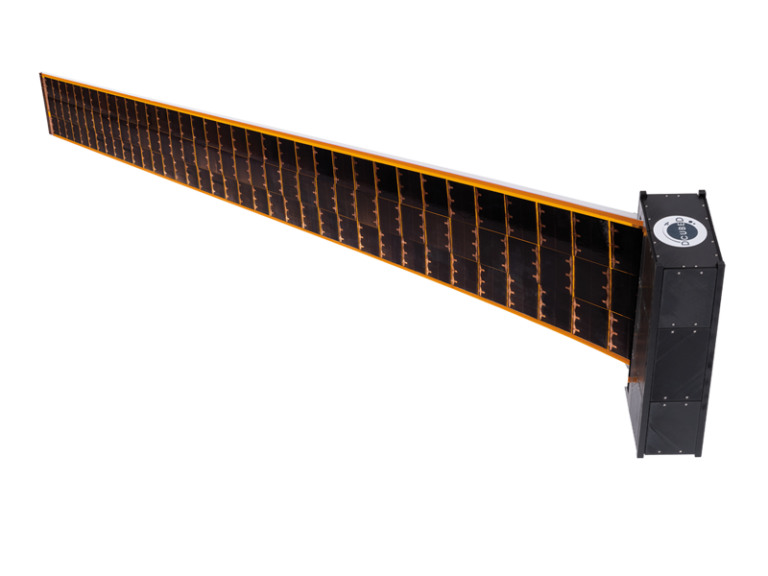
ESA ScaleUp supporting DCUBED for world´s first demonstration of an in space manufactured Solar Array
ESA ScaleUp supporting DCUBED for world´s first demonstration of an in space manufactured Solar Array World’s first in space manufactured solar array scheduled for
